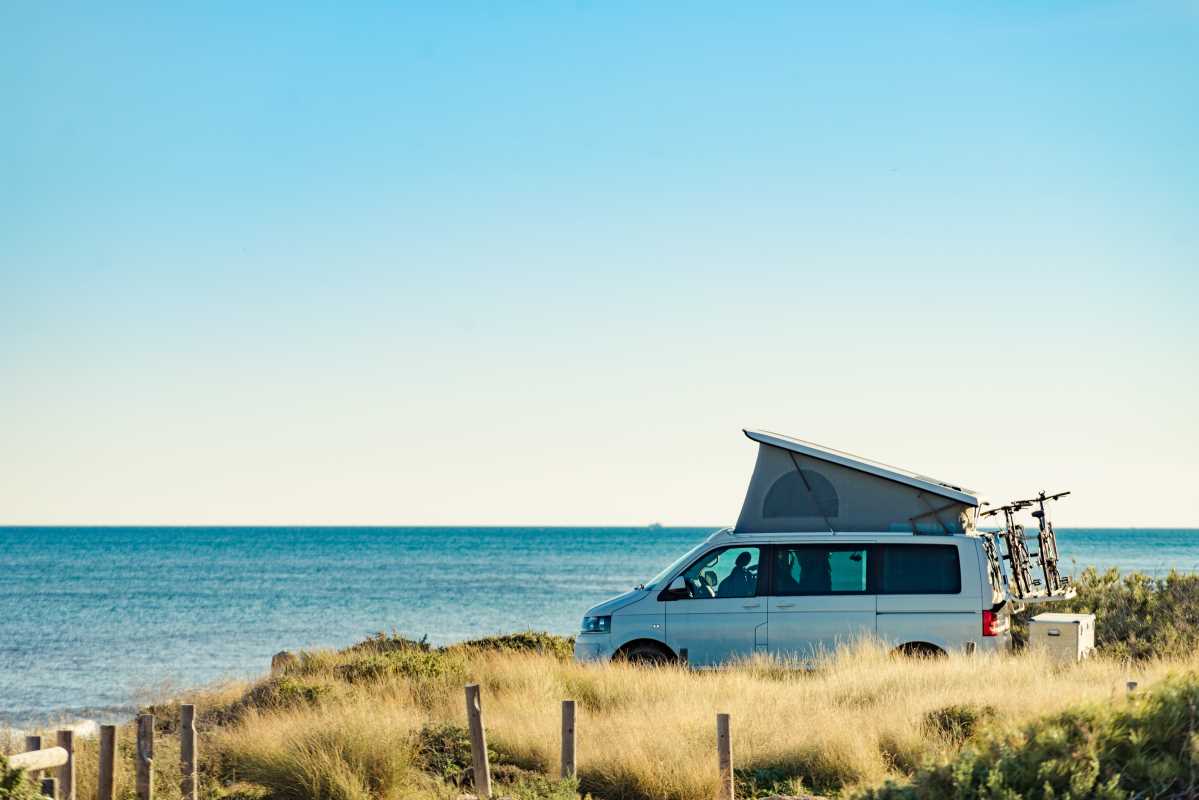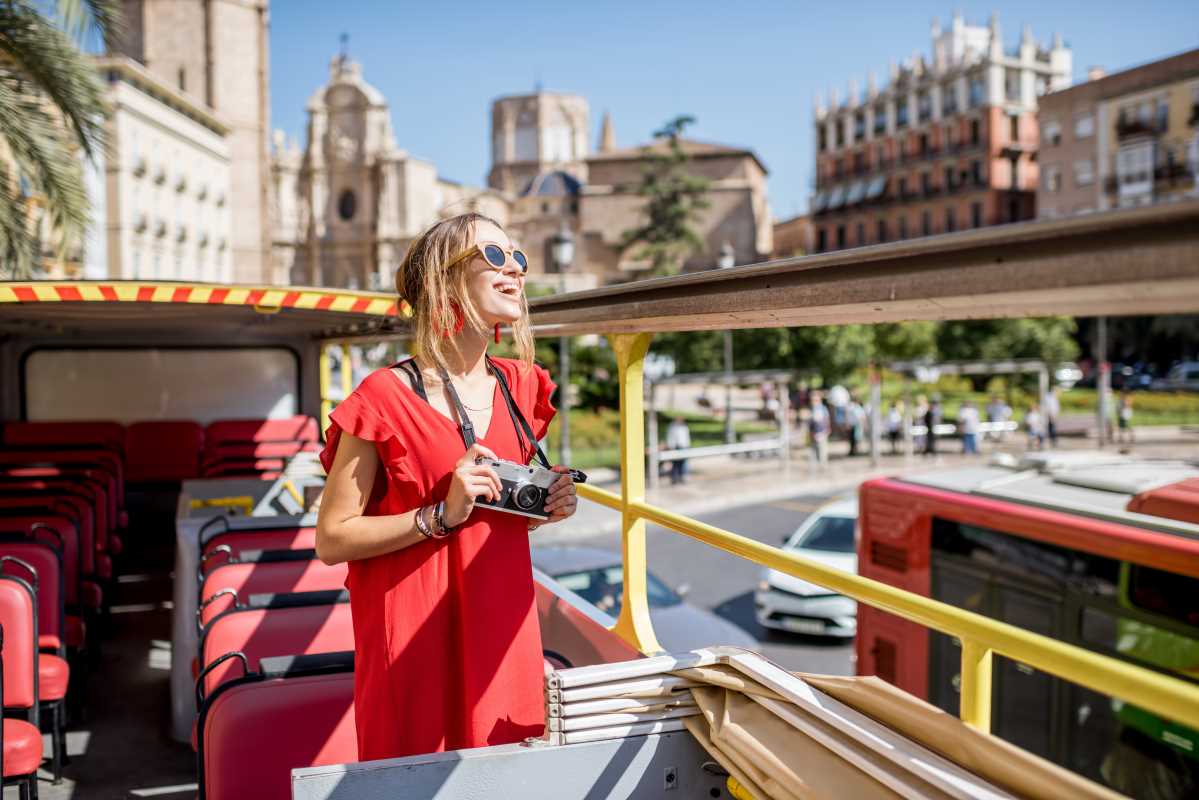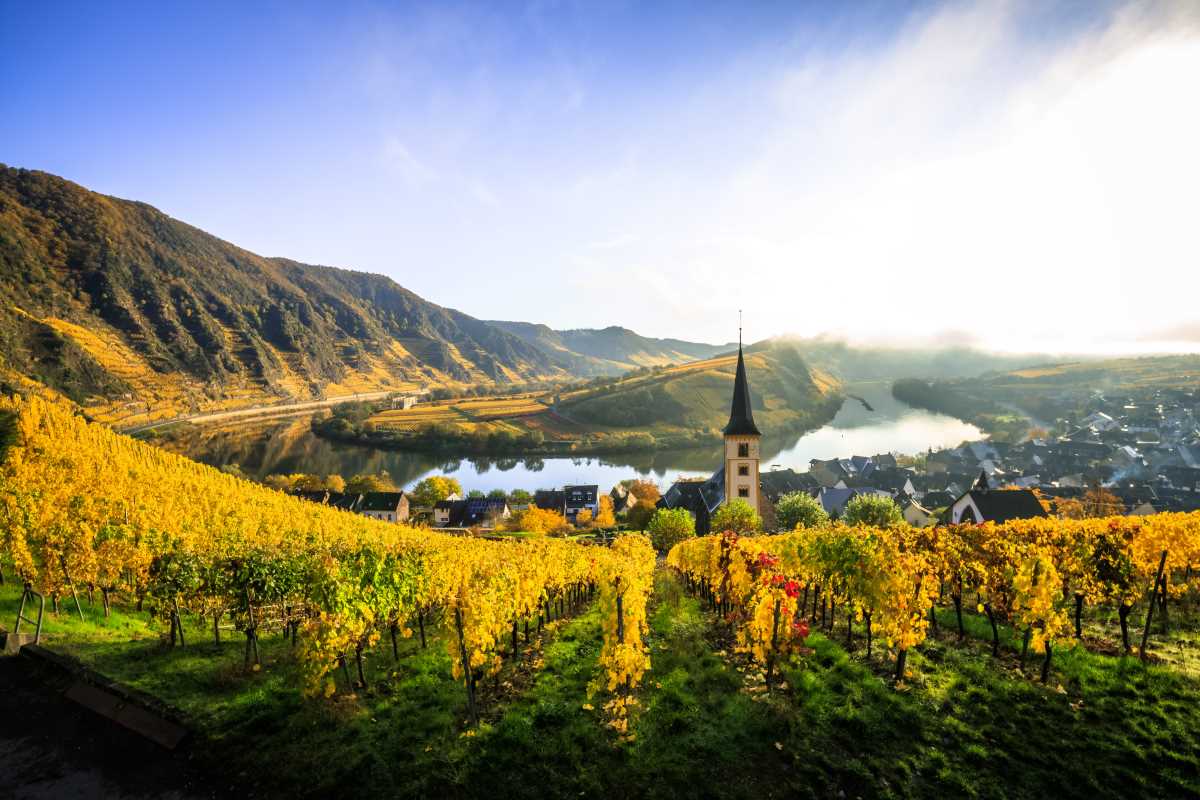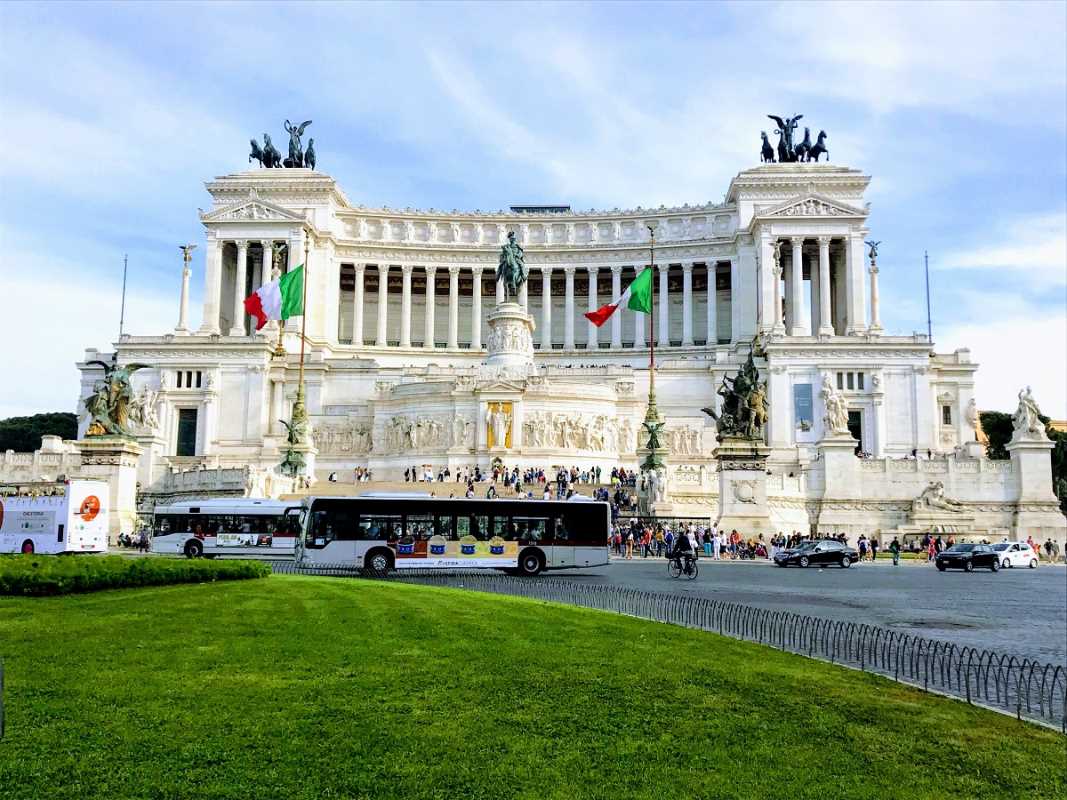Most people travel the U.S. the conventional way—by car, plane, or bus. But for those seeking a deeper, more adventurous experience, alternative methods make the journey just as exciting as the destination. Traveling at a slower pace allows for a richer connection with the landscapes, people, and cultures along the way. Whether by land, water, or sheer spontaneity, these unique approaches reveal hidden gems and offer a fresh perspective on exploring the vast and diverse terrain of the United States. Stepping off the beaten path can transform travel into something unforgettable, filled with unexpected discoveries and meaningful moments.
Van Life: A Home on Wheels
Few travel methods provide as much freedom as living in a van. The ability to wake up with the sun rising over a desert, park beside the ocean for a few days, or change plans at a moment’s notice makes van life an attractive option for those seeking adventure. With no strict itinerary, travelers can explore national parks, remote trails, and hidden roadside gems without worrying about hotel bookings or flight schedules.
Many people convert cargo vans or old buses into livable spaces, complete with beds, kitchenettes, and solar power. For those who aren’t ready to commit to van life full-time, campervan rentals provide an easy way to experience life on the road. The biggest challenges—finding safe places to park overnight, managing water and electricity, and staying comfortable in different climates—require planning and adaptability. But van travel offers an unparalleled sense of freedom for those who embrace the nomadic lifestyle.
Train Travel: A Moving Panorama
Traveling by train might seem old-fashioned, but it remains one of the most scenic and relaxing ways to explore the country. Unlike driving, where attention must be focused on the road, trains provide a chance to sit back and watch the landscapes shift from bustling cities to endless plains, towering mountains, and quiet towns.
Amtrak’s long-distance routes cover thousands of miles, offering an intimate look at America’s diverse geography. The California Zephyr, running from Chicago to San Francisco, crosses the Rocky Mountains and Sierra Nevada, while the Empire Builder takes passengers through the vast wilderness of the Pacific Northwest. Sleeper cars offer a cozy overnight experience, and the dining car provides an opportunity to meet fellow travelers from all walks of life.
While slower than air travel, trains provide an experience that feels more connected to the land. The rhythmic motion, panoramic windows, and occasional station stops in charming small towns make it a journey worth taking.
Sailing Along U.S. Waterways
For those seeking an entirely different kind of journey, traveling by boat presents an incredible alternative. The Great Loop, a 6,000-mile waterway route circling the eastern U.S., takes travelers through rivers, canals, coastal waters, and lakes. Starting from the Great Lakes, the journey continues down the Mississippi River, through the Gulf Coast, around Florida, and up the East Coast via the Intracoastal Waterway.
Sailors who have completed the loop describe encounters with dolphins in Florida, peaceful nights anchored in quiet coves, and visits to small waterfront towns rarely seen by road travelers. Boaters can take their time exploring America at a slower pace, stopping wherever the water allows.
For those without a vessel of their own, opportunities exist to crew on sailboats in exchange for work or to join captains looking for travel companions. Learning basic sailing skills can open up a new world of exploration, proving that highways aren’t the only way to see the country.
Biking Across the Country
Cycling across the U.S. isn’t for the faint of heart, but it’s one of the most rewarding ways to experience the country. Without the barrier of a car, bikers fully immerse themselves in the journey, feeling every hill, every stretch of open road, and every change in climate as they move through different states.
The TransAmerica Trail, stretching over 4,200 miles from Oregon to Virginia, is one of the most well-known cross-country cycling routes. It takes riders through mountain passes, rolling farmlands, and small towns where locals are often eager to hear their stories. The Pacific Coast Highway, another popular route, offers stunning ocean views as cyclists pedal along California’s rugged coastline.
Long-distance biking requires endurance and careful planning, as riders must consider weather conditions, food supplies, and places to camp or stay along the way. However, those who take on the challenge often find that the slow pace and physical effort make the journey far more meaningful.
Hitchhiking and Ridesharing: The Road of Chance
Though hitchhiking has become less common due to safety concerns, the spirit of shared travel still exists in various forms. Ride-sharing apps, online travel communities, and forums have made it possible for travelers to find like-minded companions willing to split fuel costs and share experiences on the road.
Unlike a traditional road trip, where everything is planned, hitchhiking and ridesharing introduce an element of spontaneity. The journey often depends on the kindness of strangers, the unexpected conversations, and the detours that lead to hidden adventures. Some travelers have found themselves at local festivals they never would have known about, while others have been invited into the homes of welcoming strangers who turn into lifelong friends.
While this method requires trust and careful judgment, those who embrace it often describe it as one of the most exciting ways to experience the generosity and unpredictability of the road.
A Different Way to See the Country
Traveling isn’t just about reaching a destination—it’s about the experience of getting there. While flights and highways provide speed and efficiency, alternative travel methods offer something deeper: connection. Whether it’s through the slow beauty of a train ride, the self-sufficiency of van life, the challenge of cycling, the adventure of sailing, or the spontaneity of hitchhiking, each method allows travelers to engage with the U.S. in a way that goes beyond sightseeing.
These paths remain open for those seeking adventure. Sometimes, all that’s needed is the willingness to take the journey—no matter how unconventional the route may be.







